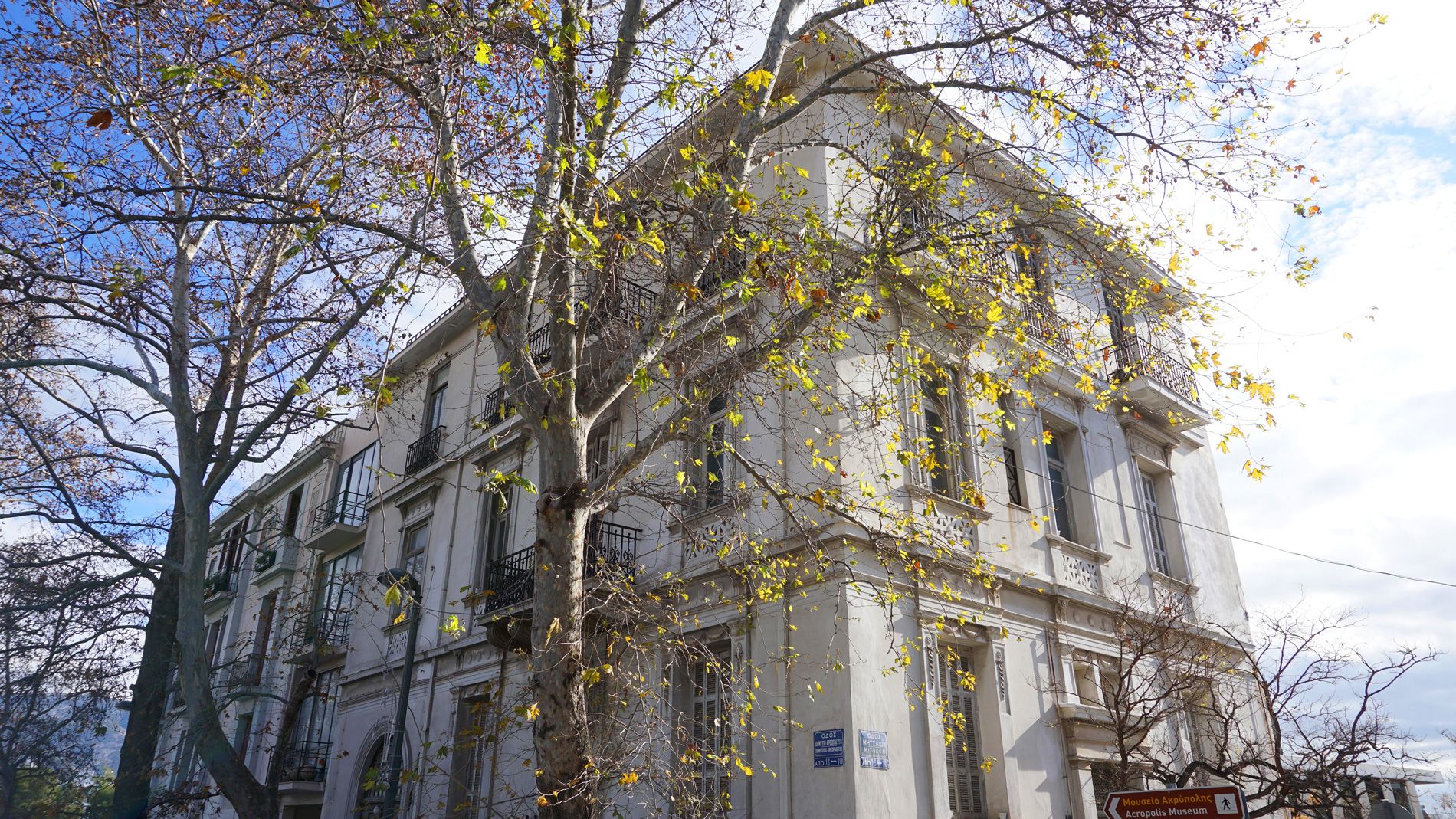The Athens Concert Hall (Megaron)
The Athens Concert Hall (Megaron)
The Athens Concert Hall (Megaron) is today an integrated multi-purpose cultural center of high standards. Focusing on the arts and education, it functions as a cultural hub, connecting Greek and European forces in the field of art and intellect, while supporting Greek traditional and contemporary creation. It hosts a variety of artistic events (music, dance, theater, etc.), conferences, educational programs and exhibitions.
A few words about the construction of the Athens Concert Hall: In 1957, the first phase of the Concert Hall’s construction began with the preliminary study of the Music Center, prepared by the Doxiadis-Skepers-Vassiliadis group. The Association of Friends of Music also contacted the German architect Walter Gropius through his Greek partner, the architect Pericles Sakellariou. Gropius had taken over the plans for the U.S. Embassy under construction, and the contact was necessary to get a general idea of the architectural style of the building adjacent to the Palace.
In 1970, on the recommendation of Herbert von Karajan, the German architects Heinrich Keilholz and Johannes Burkhardt, leading experts in acoustics, were commissioned to draw up the plans for the Friends of Music Hall, later Christos Lambrakis. The continuation of their work for the completion of the hall is carried out – after 1982 – by the company Müller BBM. In 1971, Emmanuel Vourekas and his associates carried out the structural study of the building. The civil engineers were V. Abakumkin and P. Ambushelam, while the electrical study was carried out by A. Angelidis.
In 1976, Prime Minister Konstantinos Karamanlis laid the foundation stone of the building, and the construction was carried out between 1980 and 1986. The Athens Concert Hall gradually changed the appearance of Vasilissis Sofias Street, while the progress of the project was watched by all Athenians. In spite of the financial problems, the construction continues thanks to the perseverance and work under the tireless involvement and supervision of Christos D. Lambrakis. It is worth mentioning that the exterior lighting of the building is a donation from the French government.
The construction of the Megaron began in 1981. In 1986, the German architect Helmut Müller visited Athens to prepare the final acoustic study. He proposed and accepted a series of changes to improve the acoustics, the main ones being the modifications of the Great Hall (limiting the width of the hall with side galleries and the width of the stage with movable panels). The construction of the wooden panels is being carried out in Germany by the company Schildknecht Innenausbau GmbH, which specializes in classical music concert halls, and is delivered in prefabricated pieces to be installed in the Christos Lambrakis Hall.
The second part of the Athens Concert Hall, the Conference Center, was donated by the Greek state to meet the country’s need for large conference infrastructures of international standard and was inaugurated in 2004. Part of the Conference Center is the Alexandra Trianti Hall, one of the largest opera halls in Europe.









